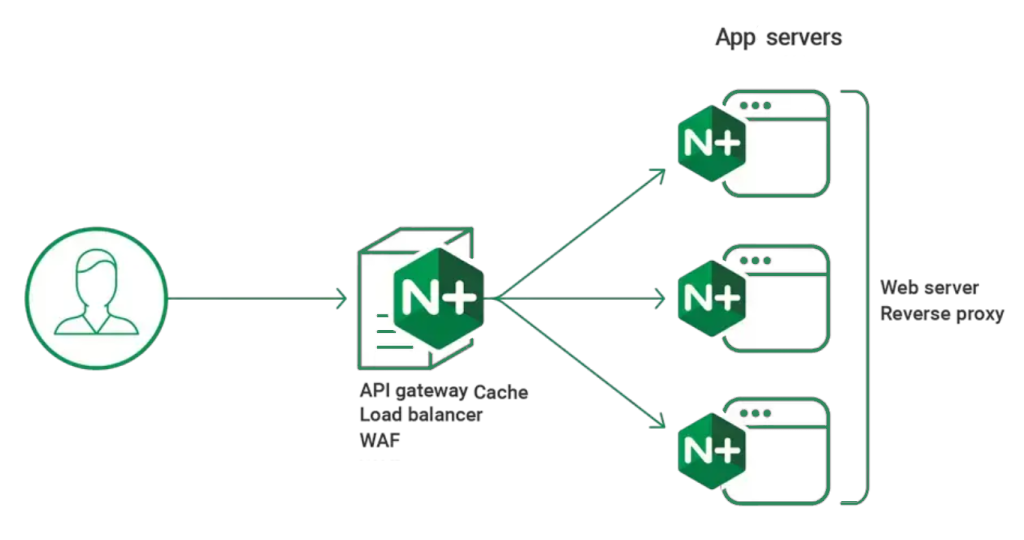SQL Operations: The Essential Guide for Beginners
Introduction
Structured Query Language (SQL) is the backbone of relational databases and essential for data manipulation. Whether you’re a beginner or looking to refresh your knowledge, understanding SQL operations is vital for efficient data management and analytics. In this blog post, we’ll explore the fundamental SQL operations, their importance, and provide resources to help you delve deeper into SQL.
What are SQL Operations?
SQL operations refer to the basic functions performed using SQL to manage and manipulate data within a relational database. Broadly, these operations can be categorized into four main types:
-
Data Definition Language (DDL): These operations define the database structure.
- Example:
CREATE,ALTER,DROP.
- Example:
-
Data Manipulation Language (DML): These operations manipulate the data within the database.
- Example:
SELECT,INSERT,UPDATE,DELETE.
- Example:
-
Data Control Language (DCL): These operations control access to the data.
- Example:
GRANT,REVOKE.
- Example:
-
Transactional Control Language (TCL): These operations manage changes made by DML statements.
- Example:
COMMIT,ROLLBACK,SAVEPOINT.
- Example:
Key SQL Operations Explained
1. Data Definition Language (DDL)
-
CREATE: This command creates a new table, database, or view.
CREATE TABLE employees ( id INT PRIMARY KEY, name VARCHAR(100), position VARCHAR(100) ); -
ALTER: This command modifies an existing database object.
ALTER TABLE employees ADD COLUMN salary DECIMAL(10, 2); -
DROP: This command deletes an existing table or database.
DROP TABLE employees;
2. Data Manipulation Language (DML)
-
SELECT: This command retrieves data from one or more tables.
SELECT * FROM employees WHERE position = 'Developer'; -
INSERT: This command adds new data into a table.
INSERT INTO employees (id, name, position) VALUES (1, 'John Doe', 'Developer'); -
UPDATE: This command modifies existing data in a table.
UPDATE employees SET salary = 60000 WHERE id = 1; -
DELETE: This command removes data from a table.
DELETE FROM employees WHERE id = 1;
3. Data Control Language (DCL)
-
GRANT: This command gives users access privileges to database objects.
GRANT SELECT ON employees TO user_role; -
REVOKE: This command removes access privileges.
REVOKE SELECT ON employees FROM user_role;
4. Transaction Control Language (TCL)
-
COMMIT: This command saves all changes made during the current transaction.
COMMIT; -
ROLLBACK: This command undoes changes made during the current transaction.
ROLLBACK; -
SAVEPOINT: This command sets a point in a transaction to which you can later roll back.
SAVEPOINT savepoint_name;
Why SQL Operations are Important
Understanding SQL operations is crucial for several reasons:
- Data Integrity: SQL operations allow for structured data management, ensuring high data integrity.
- Efficiency: They enable efficient data retrieval and manipulation, essential for decision-making processes.
- Scalability: SQL operations facilitate the handling of large datasets, supporting business growth.
- Collaboration: With proper access controls, DCL statements ensure that multiple users can work with databases without conflict.
Resources to Enhance Your SQL Knowledge
To master SQL operations, consider exploring these reputable resources:
-
Books:
- “SQL For Dummies” by Allen G. Taylor
- “Learning SQL” by Alan Beaulieu
-
Online Courses:
-
Tutorials and Documentation:
-
Interactive Platforms:
Conclusion
SQL operations are essential skills for anyone working with databases. Whether you are managing data in business or performing analyses, understanding these operations will enhance your capabilities. Use the resources provided to further your knowledge and skills in SQL. Start practicing today, and you’ll soon find yourself proficient in managing data with SQL.
Latest blog posts
Explore the world of programming and cybersecurity through our curated collection of blog posts. From cutting-edge coding trends to the latest cyber threats and defense strategies, we've got you covered.


